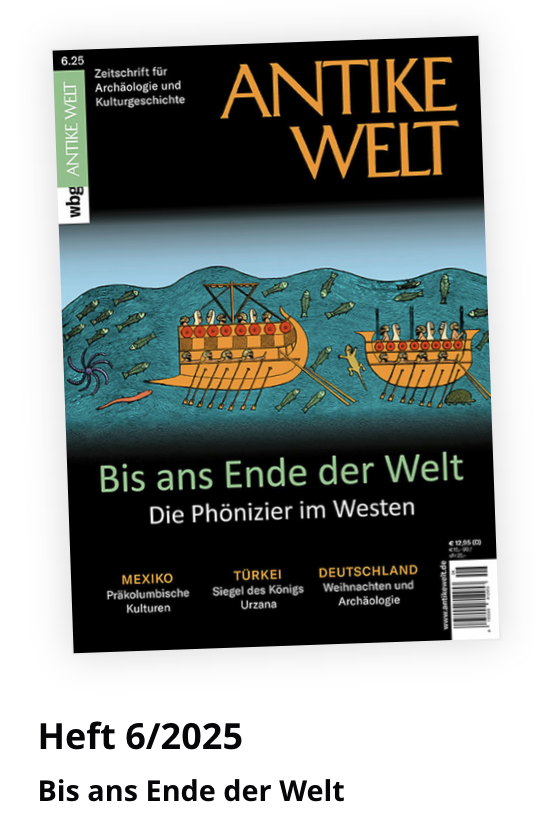Footsteps of the Phoenicians

Not only modern humans, but also the Phoenicians were strongly impacted by climate. An interdisciplinary project revealed fascinating perspectives.

Not only modern humans, but also the Phoenicians were strongly impacted by climate. An interdisciplinary project revealed fascinating perspectives.
The Baltic Sea is a marginal sea in northern Europe. Anthropogenic eutrophication and related deoxygenation are among its pressing environmental problems. In this context, North Sea water plays a crucial role in maintaining the ecological balance as so called Major…
Ocean mixing is key to distribute heat and nutrients in the world oceans. Despite it’s great importance, it is mainly unconstrained even in ocean models, where numerical effects add to the deliberate parameter settings. Our novel study proposes to use…
A close cooperation with Norway and Estonia explores the reasons for increasing ocean transports through the Barents Sea opening. Today, the relatively warm and salty waters, that originate for the Atlantic Ocean, have an increasing impact on the Barents Sea…
Within the framework of the BMBF-funded project PrimePrevention we currently develop an ultra-high resolution model setup for the Kiel Bight (Baltic Sea). The new model setup will be named MOMKI. We look forward to the results of the first test…
Nitrogen fixers, are microorganisms that fix nitrogen from the air, making it available for ecosystems. It is known that they grow rather slowly so that they are easily taken advantage of by fast-growing algae – unless there is a lack of bioavailable…
The press release by KMS (Kiel Marine Science) of our nature scientific report publication on Baltic Sea cyanobacteria blooms triggered a great interest by many newspapers and the NDR television. A German summary of is still available.
Blue-green algae (or cyanobacteria) form regularly massive blooms in the Baltic Sea – especially in late summer. The bacteria can produce toxins and add bioavailable nitrogen fixed from the atmosphere to the already over-fertilized system. In the presented study, high-resolution…
We developed a collaboration with the Norwegian Institute of Marine Research on the Arctic Ocean. Our joint publication is now available: